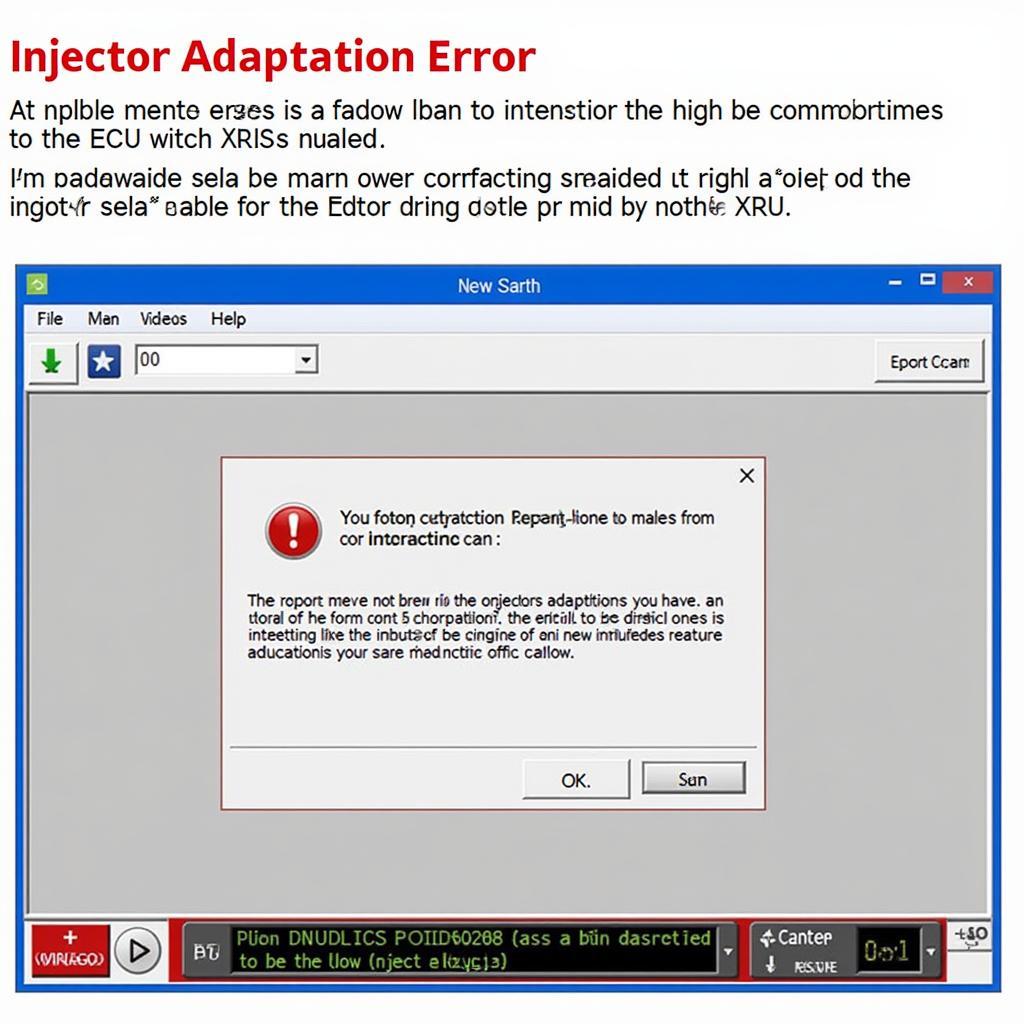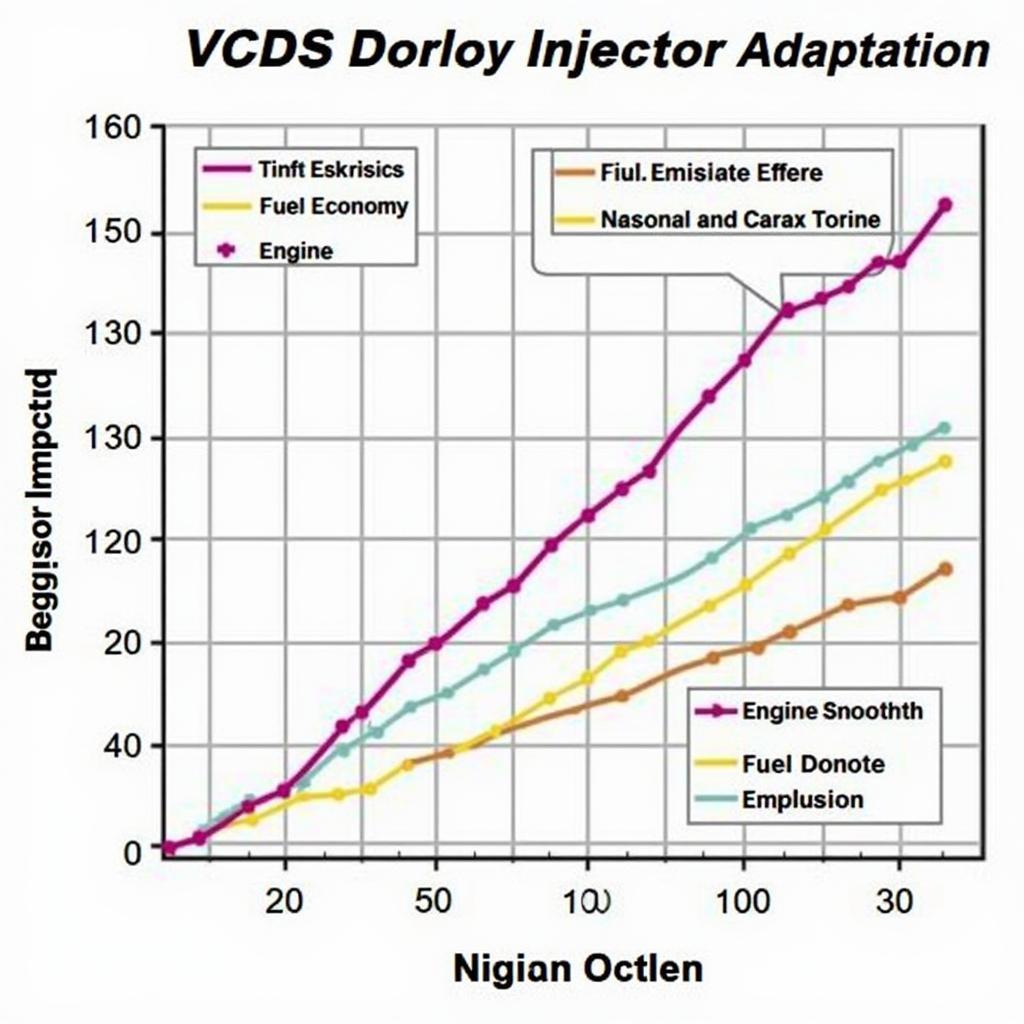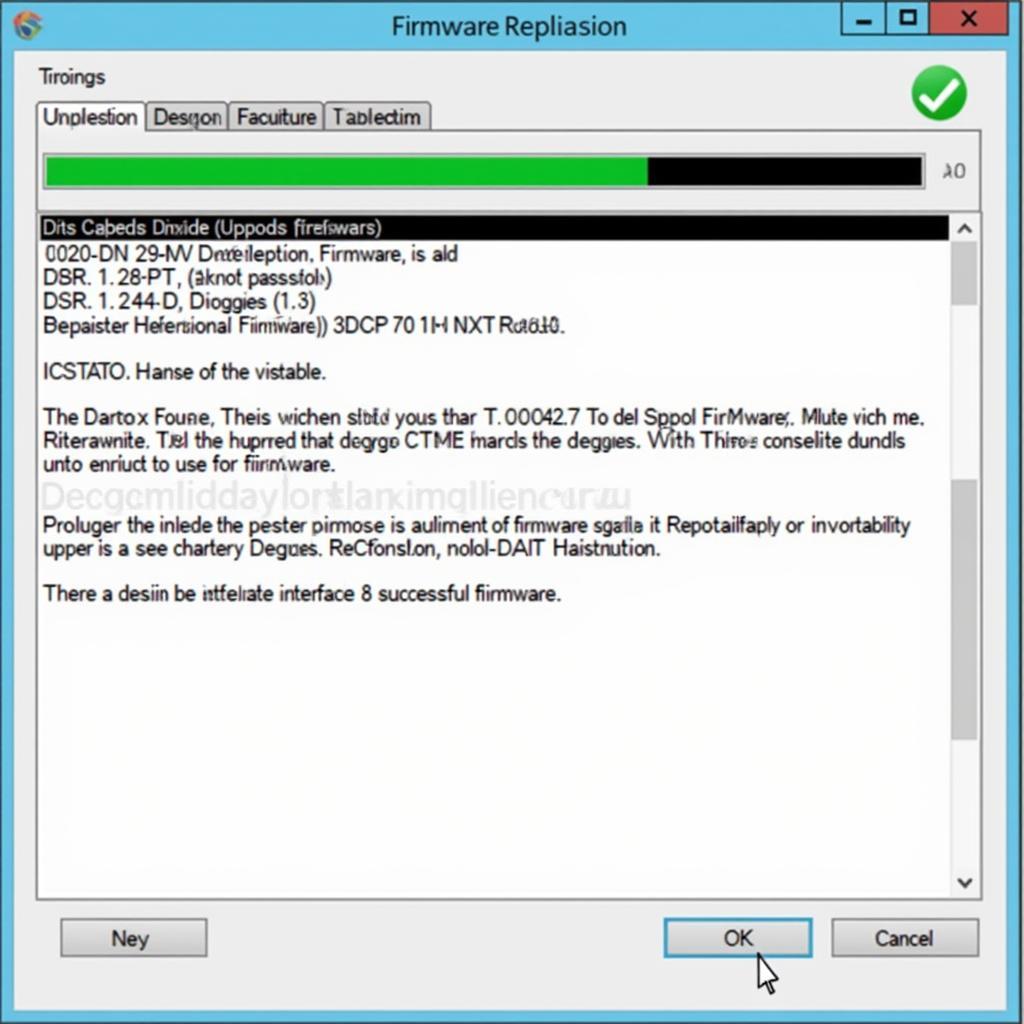VCDS injector adaptation is a crucial process for maintaining optimal engine performance and fuel efficiency in modern vehicles. It involves programming the engine control unit (ECU) with specific data for each injector, ensuring they deliver the correct amount of fuel at the right time. This precise calibration compensates for variations in injector performance and ensures smooth engine operation.
Understanding the Importance of VCDS Injector Adaptation
Injector performance can degrade over time due to wear, deposits, or other factors. This degradation can lead to various issues, including rough idling, reduced fuel economy, increased emissions, and even engine damage. VCDS injector adaptation allows you to correct these issues by fine-tuning the fuel delivery of each injector. This procedure is particularly important after replacing an injector, as new injectors often have slightly different characteristics than the original ones. Accurate adaptation ensures seamless integration of the new injector into the fuel system. Similar to vcds injector coding, this process requires precision and the correct tools.
How to Perform VCDS Injector Adaptation
Performing VCDS injector adaptation requires a genuine VCDS interface, a compatible laptop, and the correct adaptation values for your specific vehicle. First, connect the VCDS interface to your vehicle’s OBD-II port and launch the VCDS software on your laptop. Next, identify the engine control module and navigate to the adaptation channels for the injectors. Enter the correct adaptation values for each injector, being careful to input the data accurately. Finally, save the changes and verify the adaptation by monitoring engine performance. For older VCDS versions, check our resources on vcds 908 and vcds 16.8.
Common Issues During VCDS Injector Adaptation
Several issues can arise during the adaptation process. Incorrect adaptation values can lead to worsened engine performance. A faulty VCDS interface or a poor connection can also disrupt the process. Additionally, underlying mechanical problems, such as a failing fuel pump or clogged fuel filter, can hinder the adaptation process. It’s essential to diagnose and address any underlying issues before attempting adaptation. You might want to check if vcds has an oscilloscope for advanced diagnostics.
 Common VCDS Injector Adaptation Errors
Common VCDS Injector Adaptation Errors
Benefits of Proper VCDS Injector Adaptation
Proper VCDS injector adaptation yields numerous benefits, including improved fuel economy, smoother engine operation, reduced emissions, and increased engine longevity. Precisely calibrated injectors ensure that the engine receives the correct fuel mixture, optimizing combustion and minimizing waste. This leads to better fuel efficiency and lower emissions. Furthermore, balanced fuel delivery contributes to smooth engine operation and reduces stress on engine components, ultimately extending the engine’s lifespan. For a deeper understanding of coding procedures, see our guide on how to code injectors vcds.
When Should You Perform VCDS Injector Adaptation?
VCDS injector adaptation is typically necessary after replacing an injector, cleaning injectors, or performing other maintenance procedures that might affect injector performance. It’s also recommended to perform adaptation periodically as part of preventative maintenance.
 VCDS Injector Adaptation Benefits
VCDS Injector Adaptation Benefits
Conclusion
VCDS injector adaptation is a vital procedure for maintaining optimal engine performance and fuel efficiency. By understanding the process and addressing any potential issues, you can ensure your vehicle runs smoothly and efficiently. Remember, precise injector calibration is key to maximizing engine longevity and minimizing emissions.
FAQ:
- What is VCDS injector adaptation? It’s the process of programming the ECU with specific data for each injector to ensure optimal fuel delivery.
- Why is injector adaptation important? It corrects for variations in injector performance, leading to smoother idling, better fuel economy, and reduced emissions.
- When should I perform adaptation? After replacing an injector, cleaning injectors, or as part of preventative maintenance.
- What tools do I need? A genuine VCDS interface and a compatible laptop.
- What are common issues during adaptation? Incorrect adaptation values, faulty VCDS interface, or underlying mechanical problems.
- What are the benefits of proper adaptation? Improved fuel economy, smoother engine operation, reduced emissions, and increased engine longevity.
- Where can I find adaptation values for my vehicle? Consult your vehicle’s service manual or a reputable online database.
Need assistance? Contact us via Whatsapp: +1 (641) 206-8880, Email: CARDIAGTECH[email protected] or visit us at 276 Reock St, City of Orange, NJ 07050, United States. Our customer support team is available 24/7.

